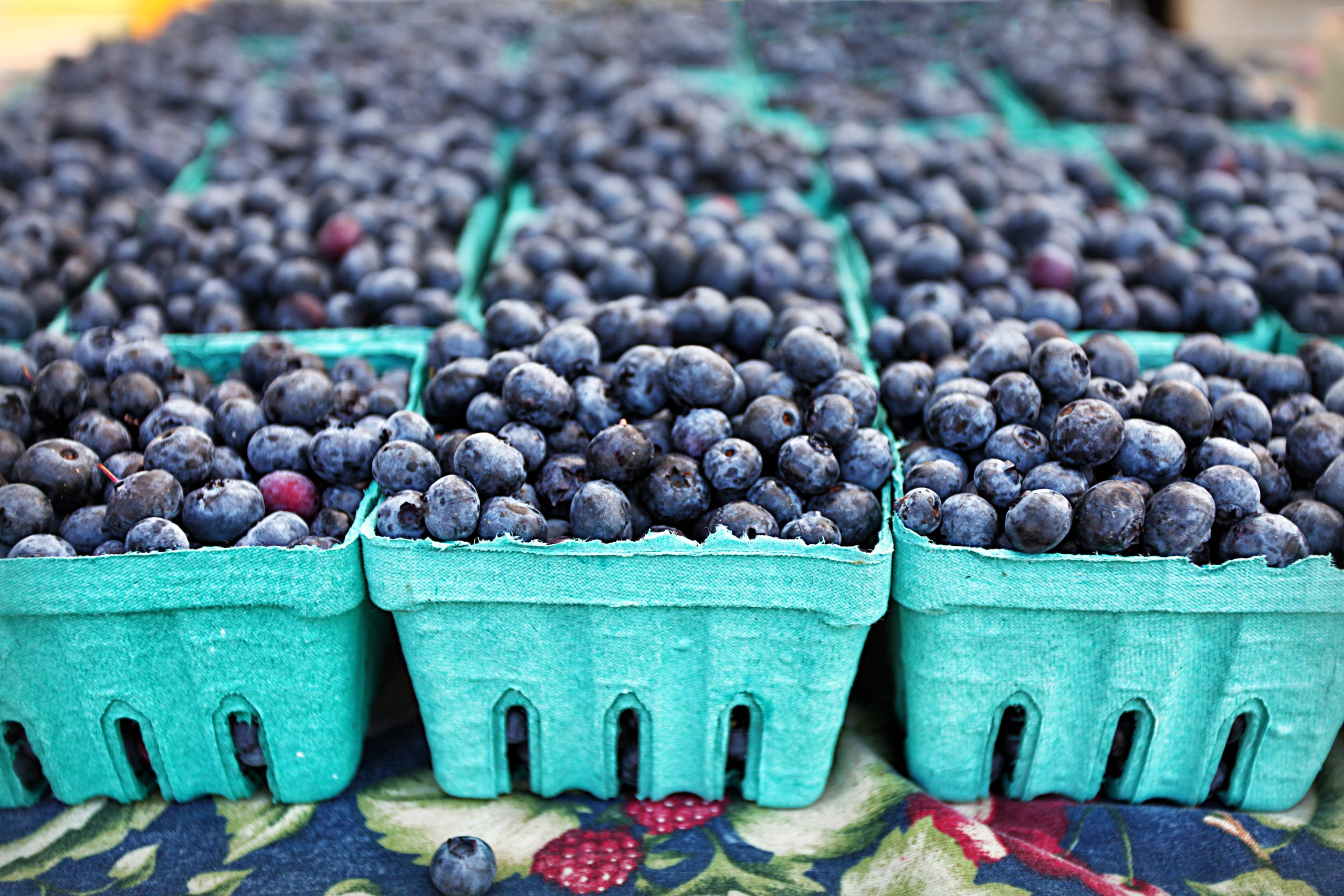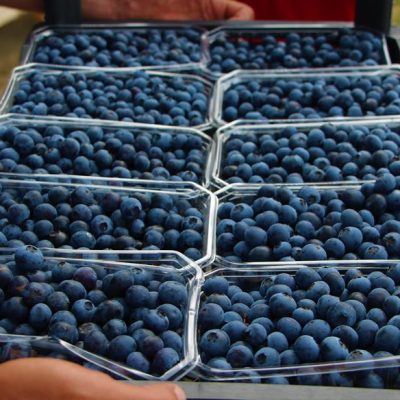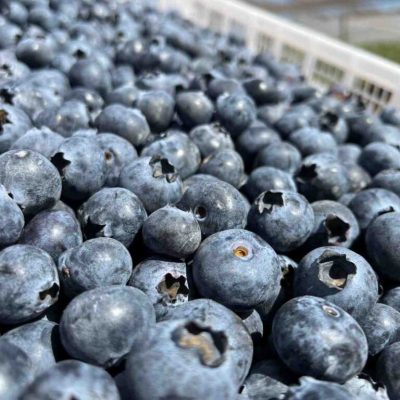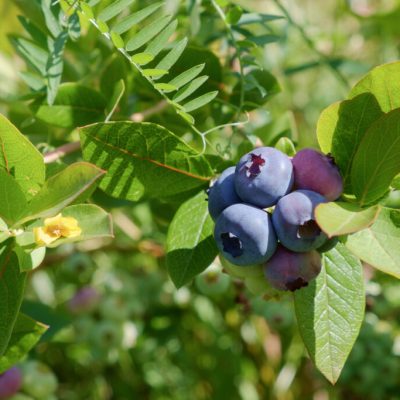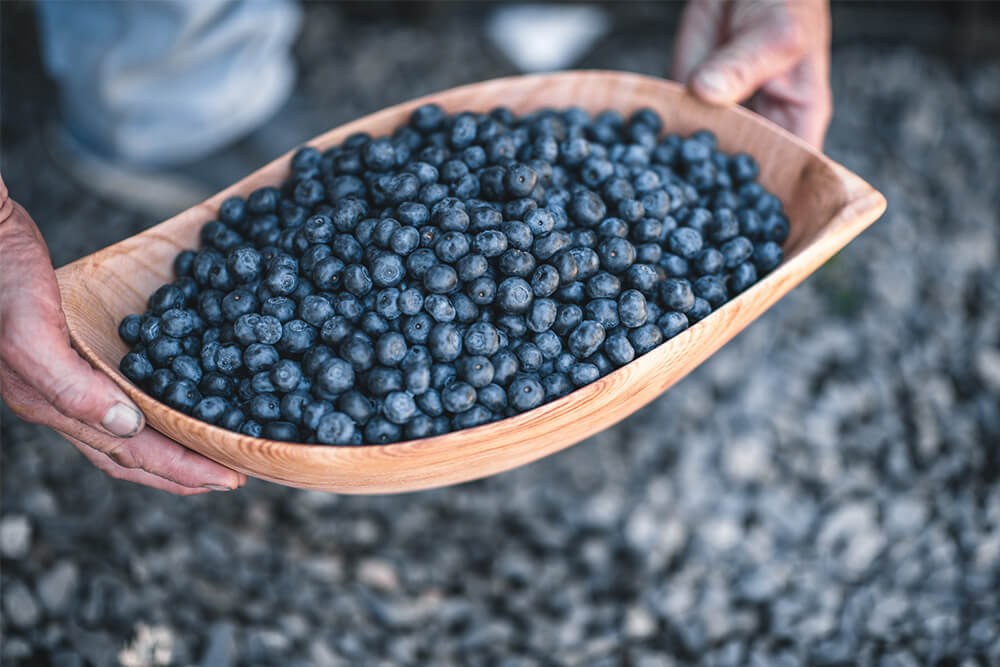Chile closes the blueberry season with 86 thousand tons shipped
According to information from the Chilean Blueberry Fruit Committee, the Chilean blueberry export season will end with a volume of over 86 thousand tons, showing an increase compared to the initial estimate and a slight decrease compared to shipments from the previous year.
“Our initial estimate was 82.300 tons, basically due to the balance of the hectares uprooted and the hectares planted, as well as the migration of some orchards and productions to the frozen industry that no longer have space in the market as a result of a greater competition from other countries. In mid-December we made a re-estimate where everything pointed to lower volumes, around 76 thousand tons, due to the impact of El Niño on production,” said Andrés Armstrong, executive director of the Chilean Fruit Blueberry Committee.
“However, our exports ended up with volumes above the estimate because, due to the expectation of higher prices, fruit was sent that did not meet the quality to which consumers have already become accustomed. Therefore, the final conclusion is that in global terms it was a good season, especially in the first part of the year, but the end will negatively impact our image in the market,” he added.
The professional was emphatic in pointing out that this season an opportunity opened up for the Chilean blueberry, which will probably not arise again, to have a short-supplied market, to reposition Chile and its blueberries, ultimately affecting the entire sector.
In this sense, Amstrong explained that the first part of the season was very positive, since there was a shortage of fruit at destination due to the delay in Peru and also Chile, however, this was reversed with the departures of the second half of December.
“When we started the season, the message to the partners was to prioritize shipments of quality fruit, since we knew that Peru was behind, with little volume and was leaving a market undersupplied. We sought to tell the market: ‘Chile, yes, it is an alternative.’ For next season, we will surely find a market with much more presence from other countries and we will have to adapt our offer, throughout the season to continue successfully participating in the market,” he added.
“At the end of the season we faced heat waves (after January 15) that affected the condition of the fruit, to which rains were added. For the same reason, we can say that there were three effects that did not allow for a closing as positive as it could have been. A first effect is related to the fact that they sought to send every last fruit from Maule, Ñuble and Bio Bio. Fruit that should not have been sent. Another effect was the temperature of the south-south area, which also affected the quality of arrival. A third effect was that Peru eventually recovered its volumes and with this there was more supply in the market, which translated into a drop in prices,” he said. Julia Pinto, technical manager of the Blueberry Committee.
Pinto observed that “it is important for the industry to remember that maintaining the quality of the fruit is key, especially at the end of the season, since it is the final image that remains in the retina of importers, retailers and consumers based on the decisions of purchasing, supplying, what they will take for the next season.”
Markets and types of shipments
Regarding the destination markets, Andrés Armstrong indicated that the three main ones were the US (39.387 ton), Netherlands (26.244 ton) and England (6.916 ton).
“This season we saw an increase in air shipments in a 190%, which in volumes was 4.398 tons, which was driven by the lack of supply in the markets, especially the US,” the professional pointed out, adding that maritime shipments fell by 6%, placing them at 79.574 your.
In the case of organic blueberry exports, they grew 5,4% compared to the previous season, reaching week 10, the 14.513 tons. 74% was sent to the US, 24% to Continental Europe and 2% to the United Kingdom.
This season, as highlighted by the executive director of the Committee, the trend of recent years continued to be evident, in which the varieties not recommended by the Committee continue to decrease in volume, while the recommended and new ones continue to grow.
“It is a positive change, but by itself it is insufficient. Beyond variety, orchards must be managed to seek quality, as well as harvesting processes. It is these processes that allow us to have fruit suitable for the current market,” assured Andrés Armstrong.
Regarding the new varieties, he noted that these represented 18% of the total exported this season, highlighting Blue Ribbon, Suzie Blue and Top Shelf.
27/03/2024

